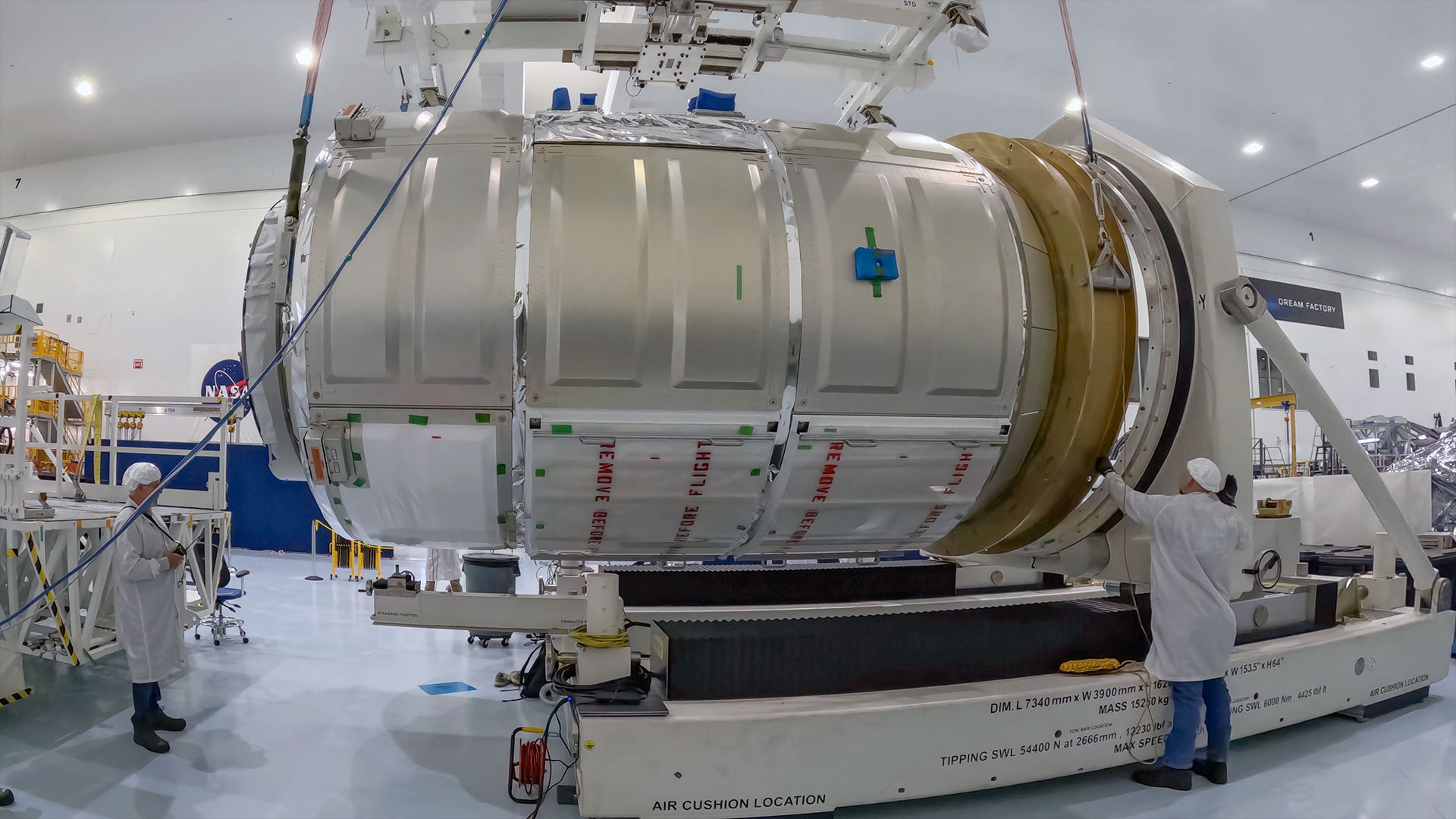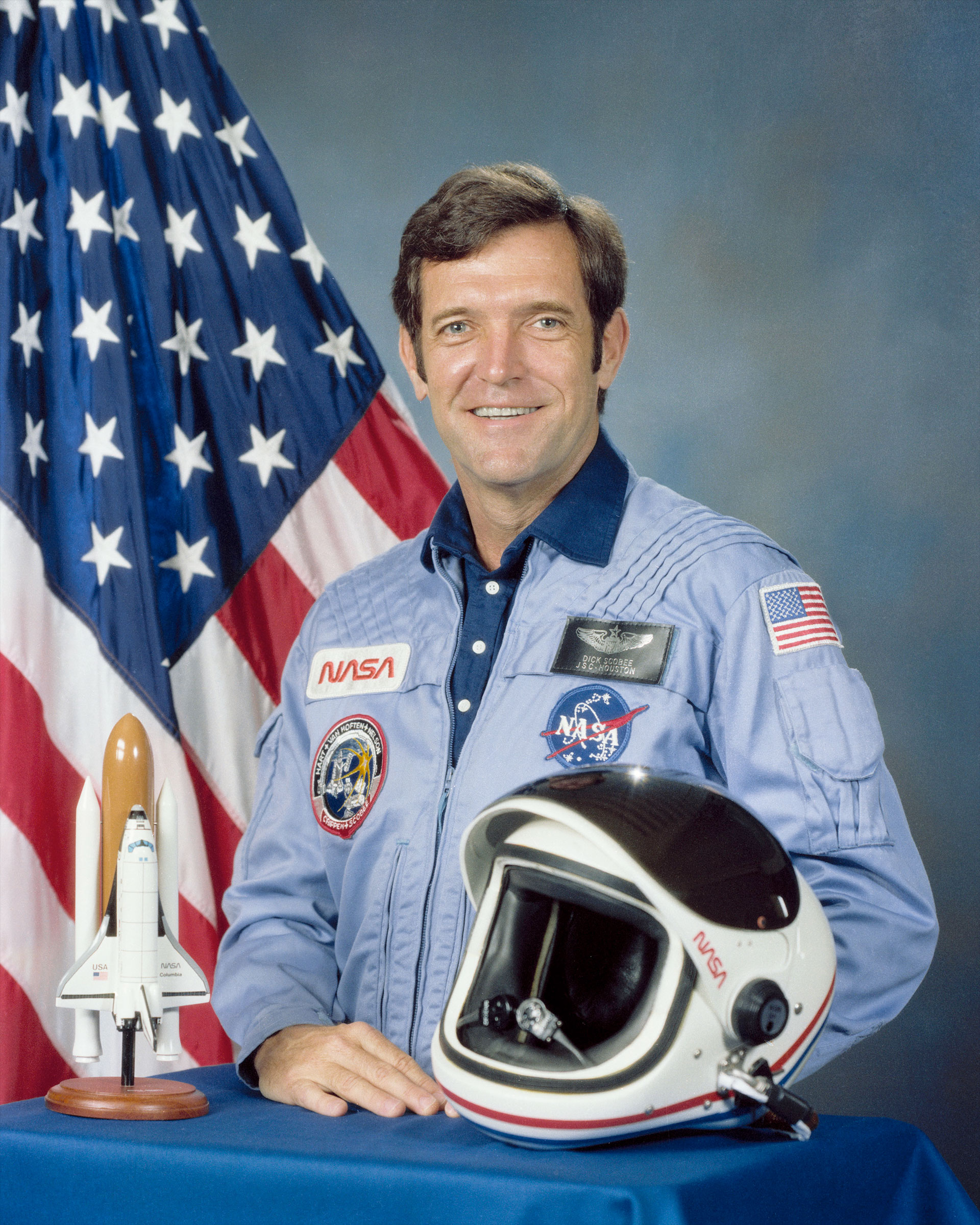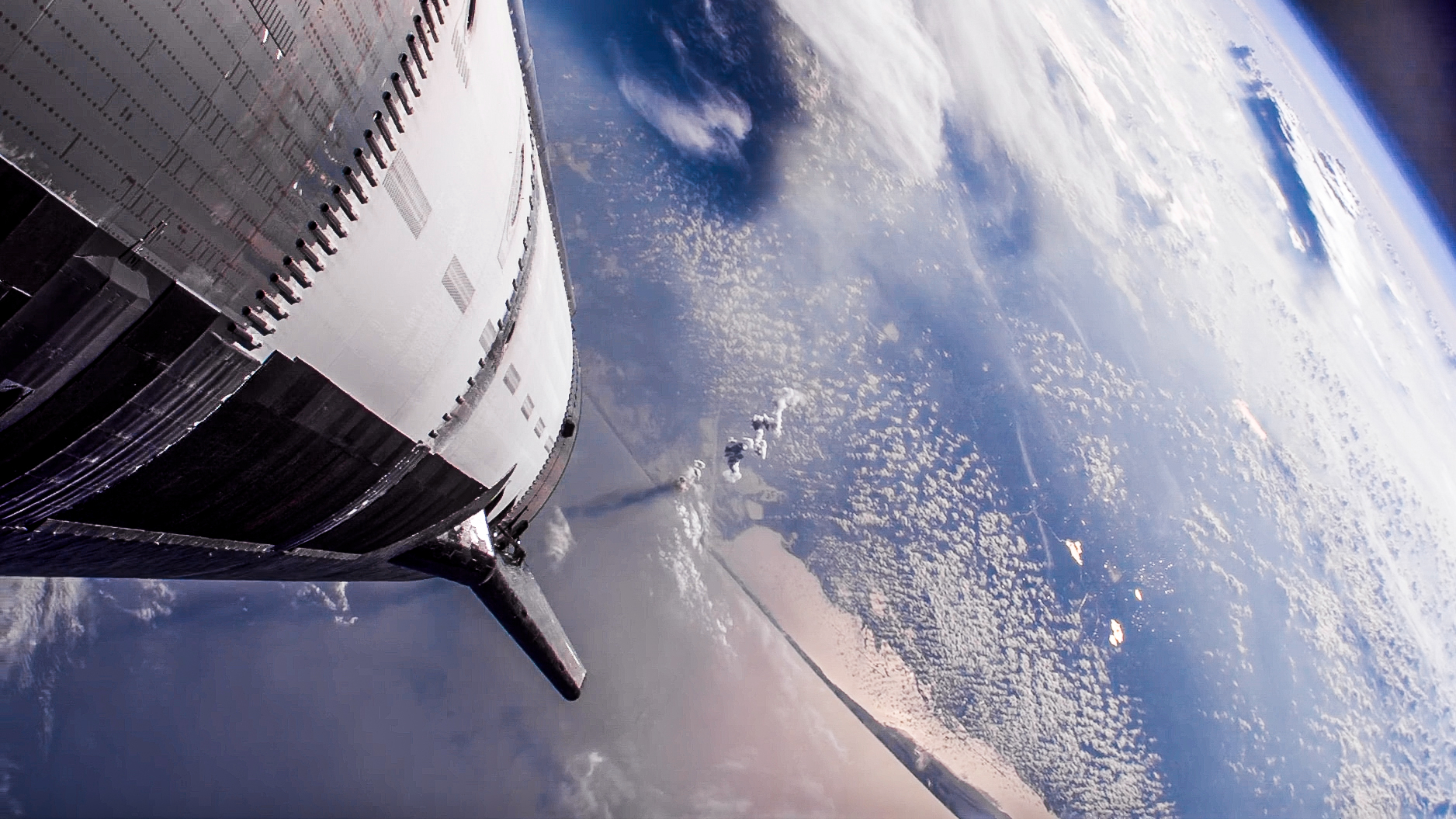Northrop Grumman names Cygnus cargo craft for fallen Challenger commander
The S.S. Francis R. 'Dick' Scobee is targeted for launch in early August.

The commander of the ill-fated flight of space shuttle Challenger is being remembered 40 years after his first spaceflight with a commercial spacecraft bearing his name.
NASA astronaut Francis R. "Dick" Scobee, who flew twice on Challenger — first as its pilot in 1984 and then as commander two years later — is the namesake for Northrop Grumman's 21st cargo vehicle.
"For every commercial resupply mission to the International Space Station, we name our Cygnus spacecraft after a pioneer in human spaceflight. Today, it is my honor to announce the naming of the Cygnus cargo spacecraft that will be used in the upcoming NG-21 mission to the International Space Station for Francis Richard Scobee, former astronaut, pilot and engineer," said Brandon White, vice president and general manager of tactical space systems at Northrop Grumman, in a video statement released by the company on Monday (July 1).

"We are privileged to honor Dick Scobee's legacy and recognize his achievements as a pioneer who contributed so much to human spaceflight and our collective reach to explore space," said White.
Selected to be an astronaut in 1978 with NASA's first group of shuttle trainees, Scobee logged nearly seven days as the pilot of STS-41C, a mission that featured the first repair of a satellite in Earth orbit. Scobee came to NASA from the U.S. Air Force, where he served as a combat aviator in the Vietnam War and a test pilot for the Boeing 747 jetliner, the X-24B lifting body and C-5 Galaxy cargo plane.
Related: Space shuttle Challenger and the disaster that changed NASA forever
On Jan. 28, 1986, Scobee and his six STS-51L crewmates were killed when Challenger broke apart 73 seconds into its 10th mission, the result of a failed seal in one of the spacecraft's two solid rocket boosters. (In 2018, Northrop Grumman acquired the company that produced Challenger's boosters, as well as all of the solid rocket motors that were used throughout the 30-year space shuttle program.)
Scobee was posthumously awarded the Congressional Space Medal of Honor and was inducted into the U.S. Astronaut Hall of Fame in 2004. His memory is further kept alive by the Challenger Center, an educational organization established by the families of the STS-51L crew. Scobee's widow, June Scobee Rodgers, served as the center's founding chair.
"Dick's legacy continues to inspire generations of aspiring pilots, engineers and students, who are driven to test the boundaries of human spaceflight technology and space exploration," said Quinn Duffy, an engineer at Northrop Grumman.
The "S.S. Francis R. 'Dick' Scobee" is is targeted to launch to the space station in early August. It will be the second Cygnus to fly on a SpaceX Falcon 9 rocket as Northrop Grumman transitions its Antares rocket from using Russian-built engines to U.S.-based hardware developed with Firefly Aerospace.
The NG-21 Cygnus will carry food, supplies and equipment to the space station, including a bioreactor to demonstrate the production of blood and immune stem cells and an investigation into vascularized liver tissue. The mission will also fly several test articles to observe water flow in microgravity as part of a new NASA "STEMonstration" educational outreach payload.

The S.S. Francis R. "Dick" Scobee is the second Cygnus spacecraft that Northrop Grumman has named for a member of the fallen STS-51L crew. Mission specialist Ellison Onizuka, who became the first Asian American to launch into space on his first flight in 1985, was similarly honored with the naming of the NG-16 spacecraft.
Other Cygnus namesakes have included company executive J.R. Thompson, Air Force Manned Orbiting Laboratory (MOL) candidate Robert Lawrence, NASA mathematician Katherine Johnson and astronauts David Low, Gordon Fullerton, Janice Voss, Deke Slayton, Rick Husband, Alan Poindexter, John Glenn, Gene Cernan, John Young, Roger Chaffee, Alan Bean, Kalpana Chawla, Piers Sellers, Sally Ride and Laurel Clark.
The most recent Cygnus, the S.S. Patricia "Patty" Hilliard Robertson, named for an astronaut who was the victim of a plane crash before she could launch into space, has been at the station since January. It is scheduled to be released from the orbiting complex on July 12 to proceed to a destructive re-entry into Earth's atmosphere.
Get the Space.com Newsletter
Breaking space news, the latest updates on rocket launches, skywatching events and more!
Follow collectSPACE.com on Facebook and on Twitter at @collectSPACE. Copyright 2024 collectSPACE.com. All rights reserved.
Join our Space Forums to keep talking space on the latest missions, night sky and more! And if you have a news tip, correction or comment, let us know at: community@space.com.

Robert Pearlman is a space historian, journalist and the founder and editor of collectSPACE.com, a daily news publication and community devoted to space history with a particular focus on how and where space exploration intersects with pop culture. Pearlman is also a contributing writer for Space.com and co-author of "Space Stations: The Art, Science, and Reality of Working in Space” published by Smithsonian Books in 2018.In 2009, he was inducted into the U.S. Space Camp Hall of Fame in Huntsville, Alabama. In 2021, he was honored by the American Astronautical Society with the Ordway Award for Sustained Excellence in Spaceflight History. In 2023, the National Space Club Florida Committee recognized Pearlman with the Kolcum News and Communications Award for excellence in telling the space story along the Space Coast and throughout the world.

